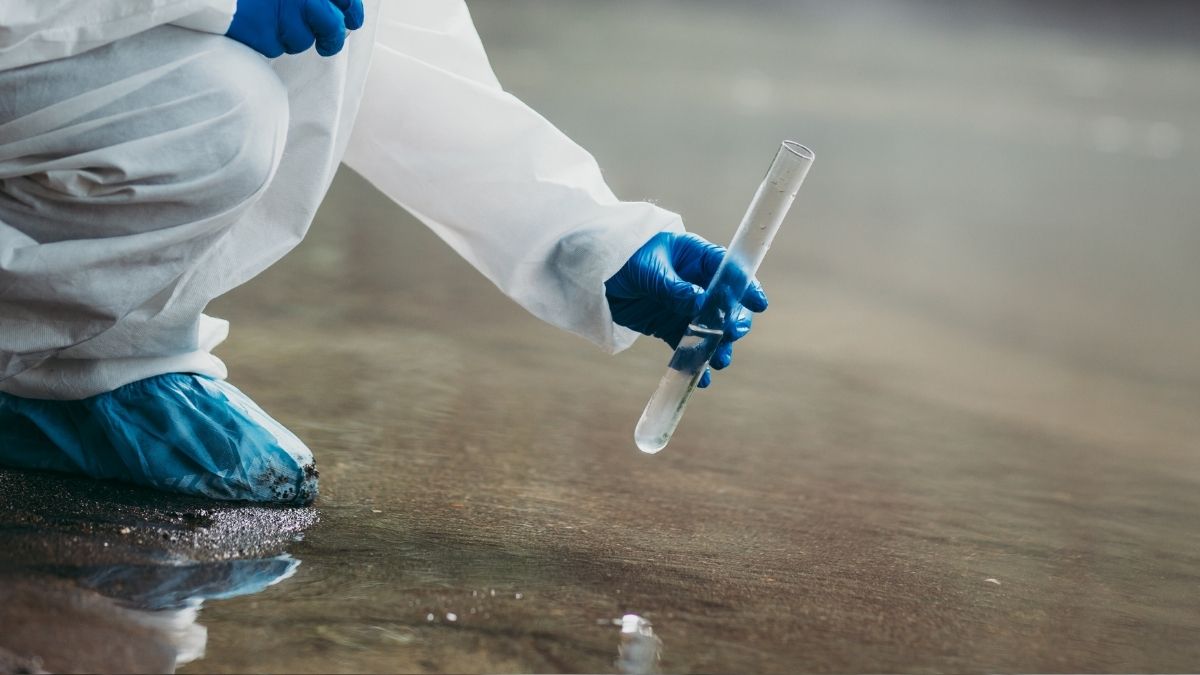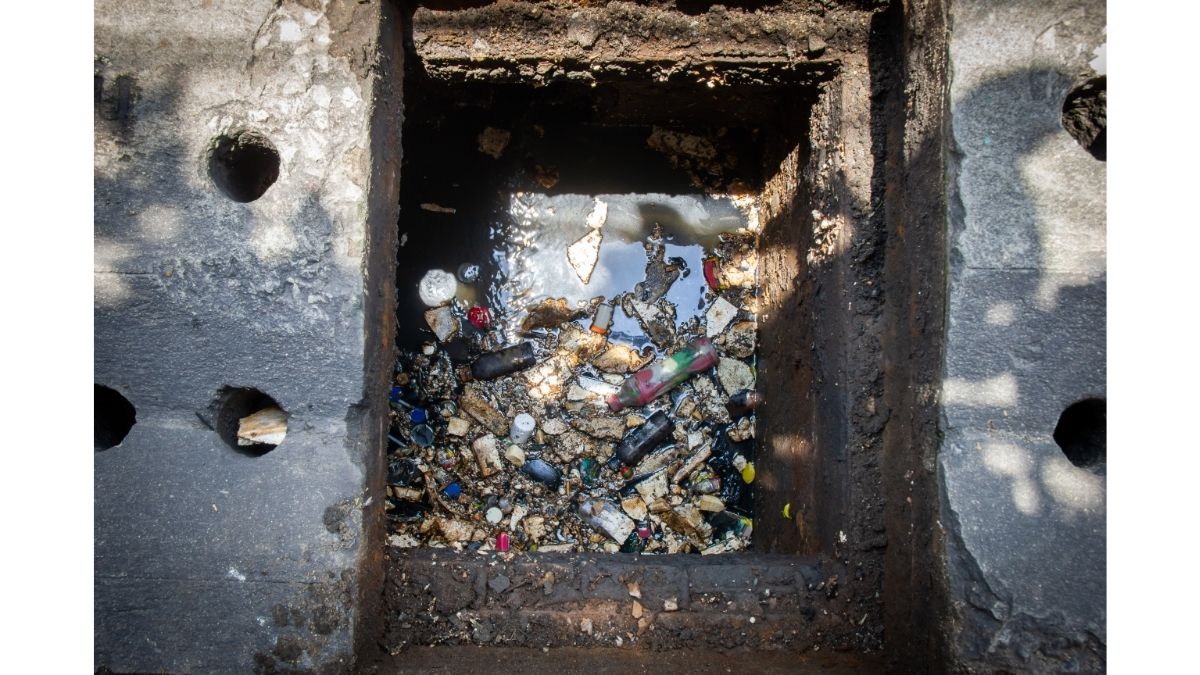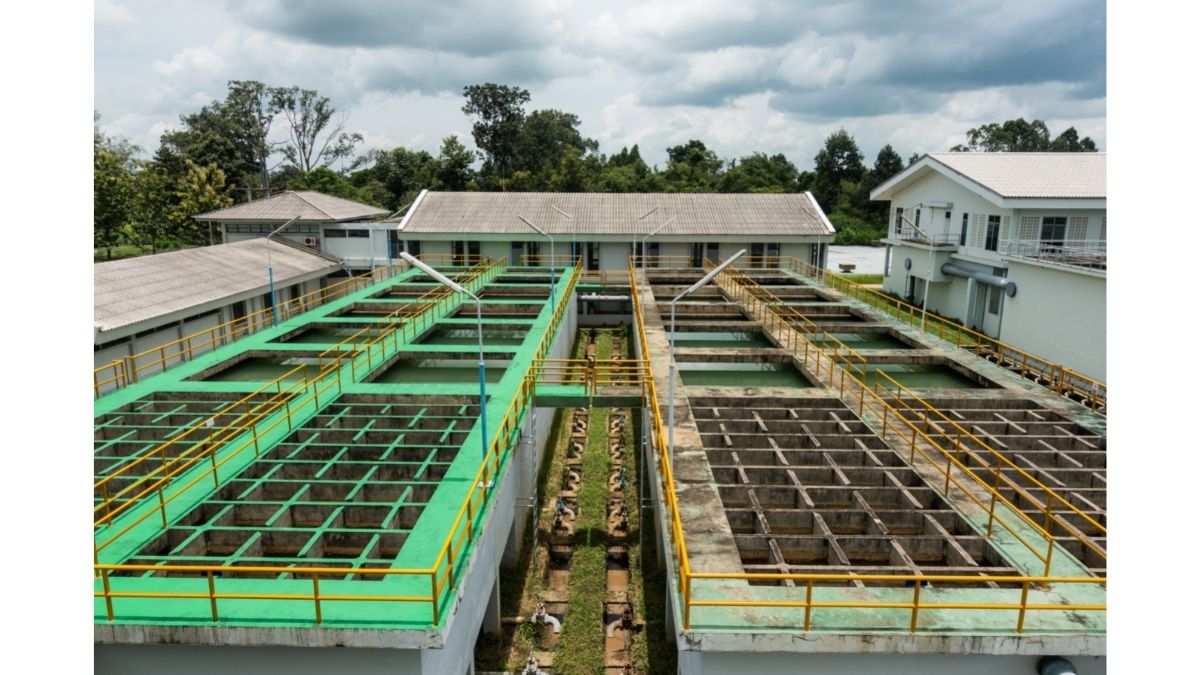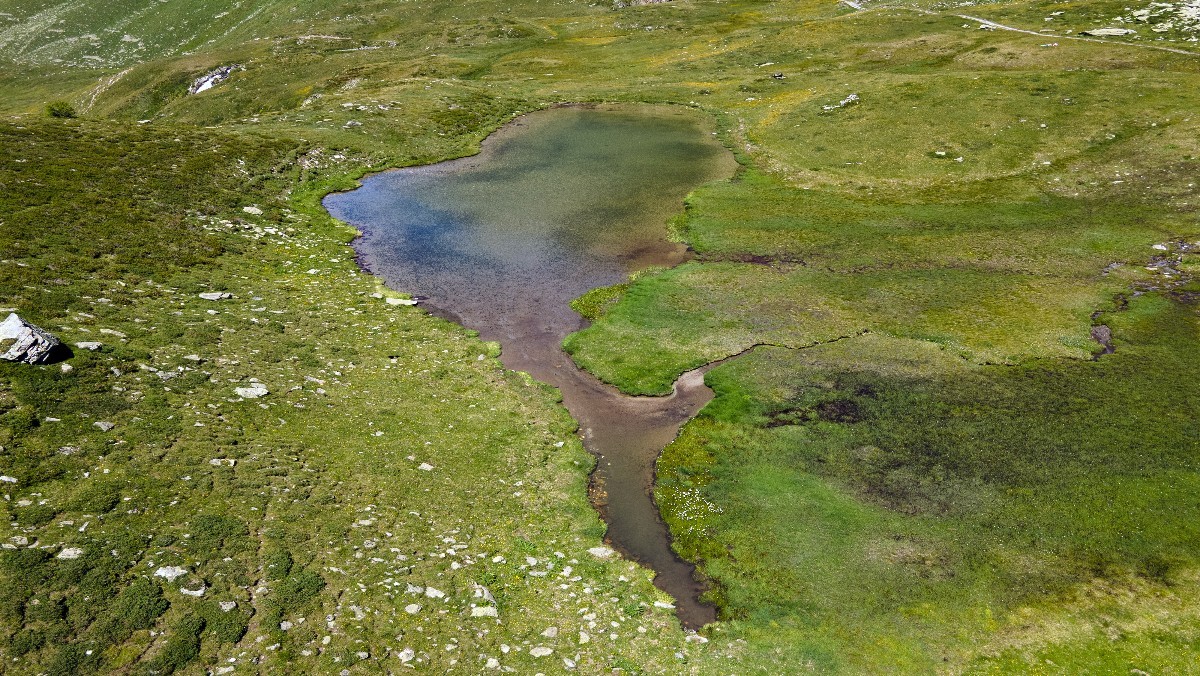Biochemical Oxygen Demand or BOD gives a measure of the amount of oxygen that the microbes utilize to degrade organic materials in a water body. Also, BOD measures the chemical oxidation of inorganic materials i.e., the removal of oxygen from water via a chemical reaction. The BOD value is generally expressed in milligrams of oxygen used per litre of the sample over a 5-day incubation period at 20 °C, and it is frequently used as an estimate of the degree of organic pollution in water. The reduction of BOD is used in evaluating the efficacy of wastewater treatment systems.
Read more







